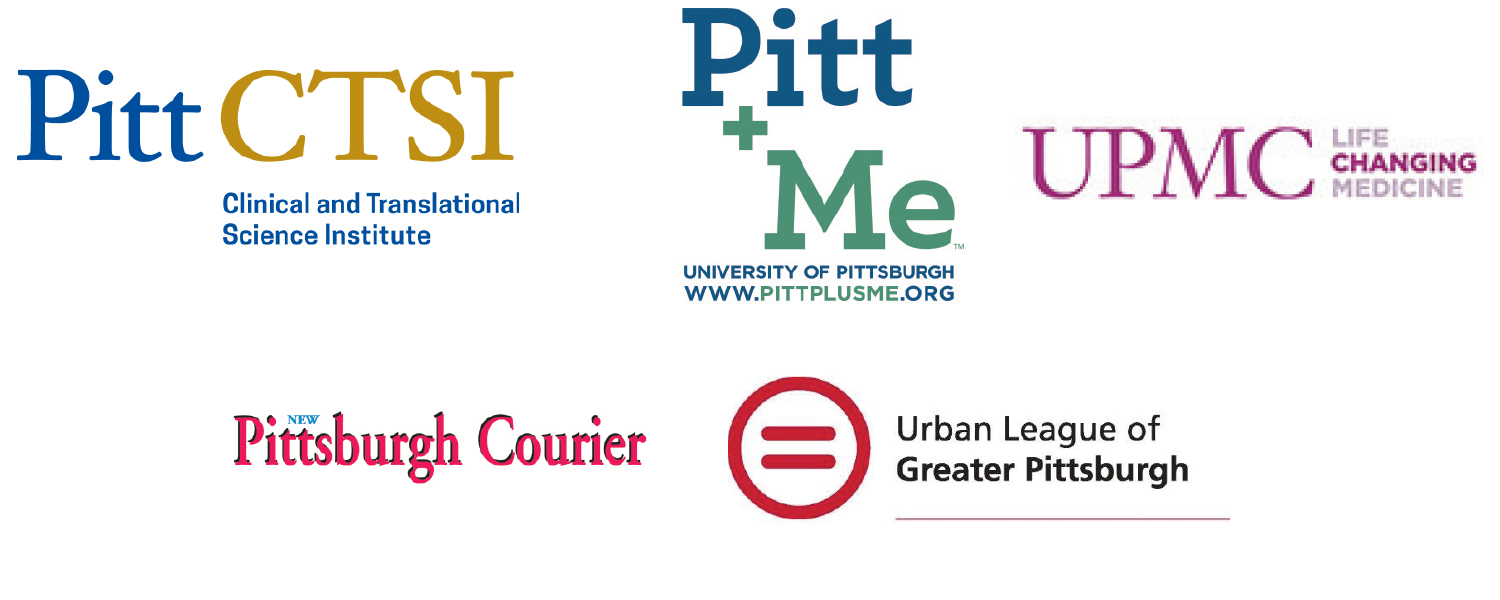In the past 10 years, injection drug use (IDU) in the U.S. has increased. The uptick follows a shift in the way people use drugs — from taking prescription opioids by mouth to injecting opioids like heroin, or synthetic opioids like fentanyl and sedatives like xylazine (tranq).
Synthetic opioids (like fentanyl) are more potent, and don’t last as long as non-synthetic drugs (like heroin). To balance the difference and avoid getting sick, people who engage in IDU are forced to inject synthetic drugs more frequently to avoid feeling sick from withdrawal.
Injecting drugs often results in skin infections, wounds, and ulcers. The more frequently you inject, the higher the chance for developing a skin infection. If not treated early, skin infections can get worse and bacteria may enter the bloodstream (sepsis) or spread deeper into the body.
Why are skin infections so common among those who inject their drugs? Often when people begin injecting, they don’t learn how to do it in the best ways to avoid infection and injury.
What’s more, many lack access to sterile injection equipment, like needles or syringes, as well as alcohol wipes to clean their skin prior to injection. Instead, they share or reuse these items. If the items are not sterile, bacteria that lives on them can enter the body through the injection site. This increases the risk of developing a skin infection.

DR. RAAGINI JAWA
“Skin infections are the number one reason for people engaging in IDU to be hospitalized or seek a healthcare provider,” says Dr. Raagini Jawa, Pitt Assistant Professor and Clinician Investigator in the Department of General Internal Medicine and Center for Research on Healthcare. Usually, the visit happens when an infection has advanced to a more serious state.
“For example, someone who engages in IDU may feel ashamed to reveal their drug use and be wary of medical treatment,” Dr. Jawa explains. “They may have experienced trauma and discrimination in the past, so they often try to treat the skin infection themselves with non-prescribed antibiotics from a friend or the black market.”
Similarly, people with IDU-associated wounds may attempt to self-treat by applying topical antibiotics, bleach, peroxide, or rubbing alcohol. “Typically, if this doesn’t work — or if there is bacterial infection of the wound — they come to the ER or clinic when the infection has spread and they’re sick with fever and pain,” says Dr. Jawa.
If a drug like fentanyl is laced with xylazine (tranq) it’s particularly dangerous. “Tranq is a tranquilizer used on animals,” she adds. “It’s not intended for human use. For people who engage in IDU, tranq can often lead to necrotic ulcers. These ulcers require weeks or months of care to heal.”
It’s important for people who engage in IDU and have skin infections and wounds to seek wound care services early — in confidence, without judgement, coercion, discrimination, or a demand to stop using.
This approach is called harm reduction. It’s grounded in compassion, justice, and human rights. It’s based on health providers gaining users’ trust. It’s also evidence-based, meaning there’s scientific proof it works.
In addition to treatment, harm reduction supports better drug laws, policies, and policing practices, as well as the decriminalization of people who use drugs and an end to discrimination based on drug use, race, gender, and class.
In Allegheny County, non-profit Prevention Point Pittsburgh is a syringe service program that practices harm reduction and features free, no-strings-attached wound and vein care; access to resources like food and shelter if requested; sterile injection equipment; naloxone; and more.
A Prevention Point Pittsburgh board member and volunteer wound care provider, Dr. Jawa has also trained thousands of other medical providers throughout the country on how to treat IDU-related skin infections and wounds using harm reduction methods. “Wound care specialists are unfortunately not common,” she explains. Even providers who specialize in addiction have had little or no wound care training. This work is vital if we hope to relieve the silent suffering of people who engage in IDU and have skin infections.”
Harm reduction’s effectiveness has been studied for 30+ years. According to the National Institute on Drug Abuse, it prevents overdose deaths and reduces infectious disease transmission among users and their communities. It lowers ER visits and costly healthcare services. It allows people to connect with substance use treatment and other healthcare services, if they choose, without shame or discrimination.
The method contrasts greatly with the “war on drugs” narrative, which centers on criminalization of drug users, little or no bodily autonomy, and the notion that syringe and needle exchanges lead to drug use.
“As drugs become cheaper, more potent, powerful, and addictive — they are also more likely to cause serious health problems and death,” says Dr. Jawa. “Meeting people who engage in IDU where they are with compassion helps them be more open to skin infection and wound treatment, more open to specialist services, and have more trust in a healthcare system that’s treated them as ‘less than’ others for too long.”
